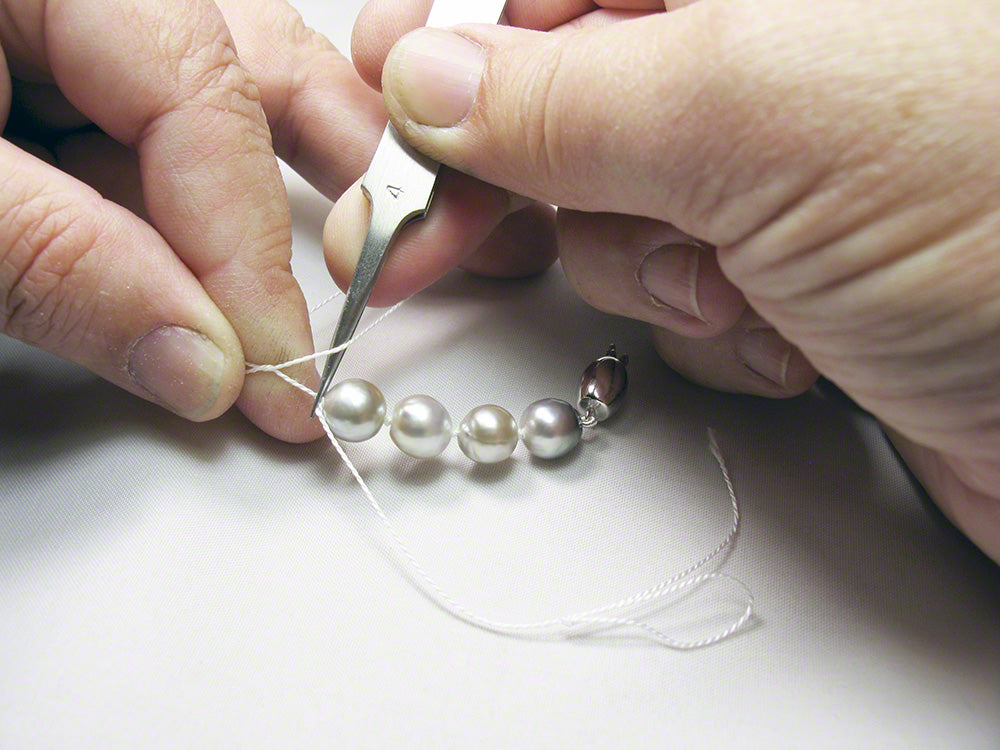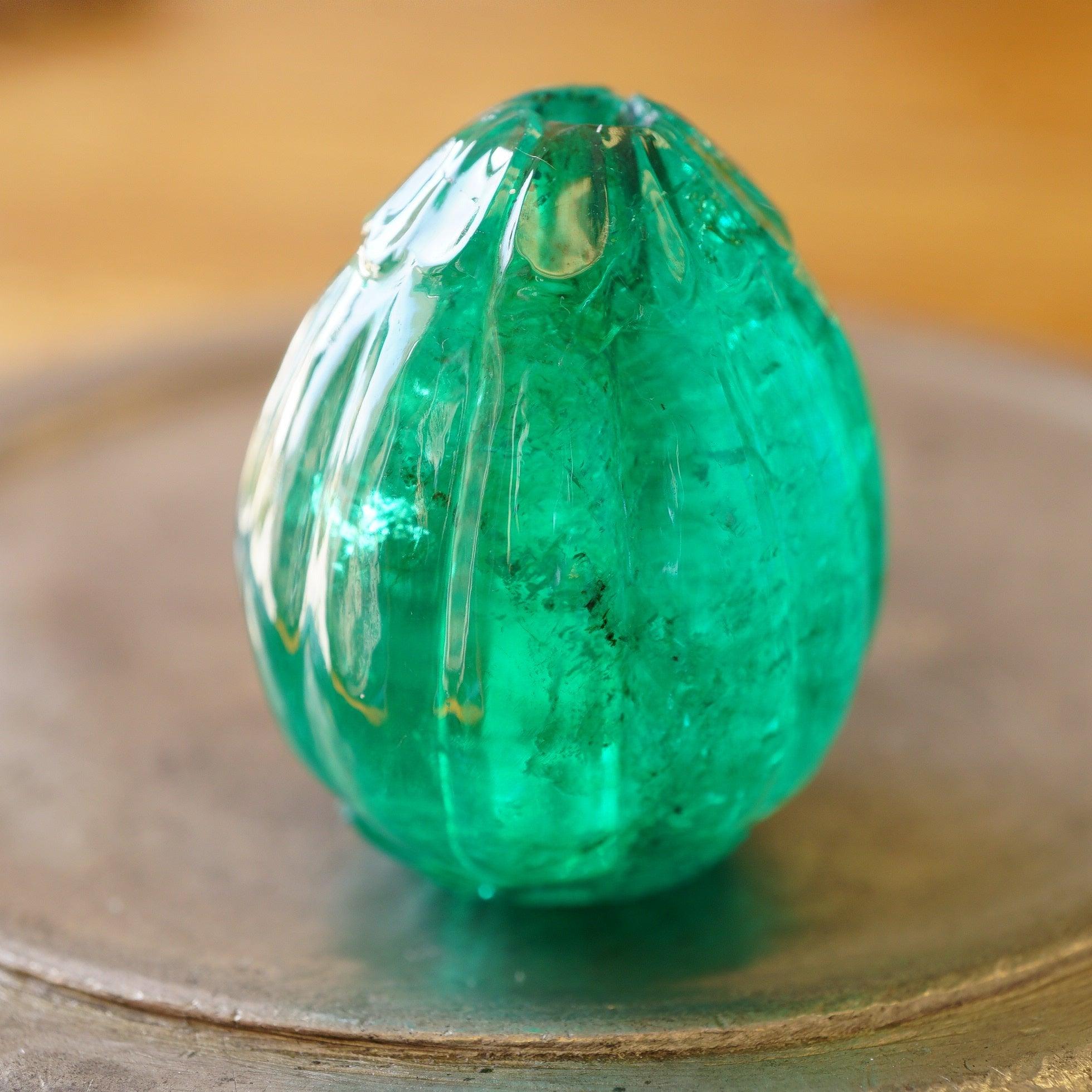
How to Invest in Gems: A Comprehensive Guide to Start Your Collection
From the treasure troves of the Mughal emperors to the resplendent regalia of royal families to the iconic jewels of A-list celebrities and high-end jewelry houses, gem collecting has always captivated the human spirit, epitomizing the confluence of nature’s wonders and mankind’s desire for luxury and rarity.
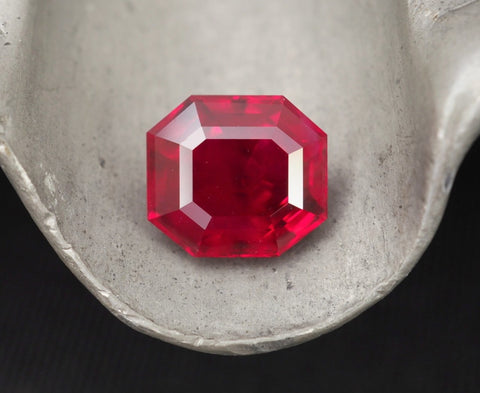
3.05-carat, step-cut, unheated ruby from Burma
Today, gem collecting remains as enticing as ever, appealing to both the aesthetic admirer and the discerning investor. Whether you’re a novice considering entering the realm of gem collection or an aficionado looking to deepen your expertise, understanding the intricacies of the gem market is paramount. This guide will serve as your foundation stone, elucidating the key steps and considerations to embark on a successful gem-collecting journey.
Partner with a Reputable Gem Dealer or Jeweler
One of the first and most important steps in your gem-collecting journey is to establish a relationship with a reputable gem dealer or jeweler. A credible gem dealer or jeweler acts as a gatekeeper, ensuring that you’re introduced to authentic and high-quality gems. Their expertise, honed over years in the industry, can help you truly appreciate the science and art behind each gemstone, as well as help you make informed purchasing decisions and avoid pitfalls. In addition, an experienced gem dealer or jeweler can offer you invaluable insights into the industry’s nuances, trends and best practices.
When starting your research, prioritize gem dealers or jewelers who come highly recommended from seasoned collectors or gem industry professionals. Join gem and mineral clubs, such as the American Federation of Mineralogical Societies, as these often provide a platform for members to share experiences and gem dealer and jeweler recommendations.

14.39-carat, Old European–cut diamond
In addition, ensure that the gem dealer or jeweler is affiliated with recognized industry associations, such as the American Gem Society, the American Gem Trade Association, the Better Business Bureau, the Gemological Institute of America and Jewelers of America, as these affiliations often entail adherence to ethical and professional standards.
Online reviews, while useful, should be taken with a grain of caution; it’s always beneficial to verify any claims through firsthand interactions or references. Remember, a gem dealer’s or jeweler’s reputation, transparency and willingness to educate are often indicative of their credibility and the quality of gems they offer.
Immerse Yourself in the Gem Community
The gem-collecting world is vast and multifaceted, with gem miners, cutters, polishers, certification labs, dealers, connoisseurs and jewelry designers among the many who contribute to its rich tapestry. To truly thrive in this realm, immersing oneself in the gem community is indispensable. Engaging with diverse members of this community not only accelerates your learning curve, but also enriches your understanding of the various aspects of gemstones names. It’s akin to learning a new language; the more you immerse, the more fluent you become, allowing you to appreciate the science, history, nuances and value behind each gem.
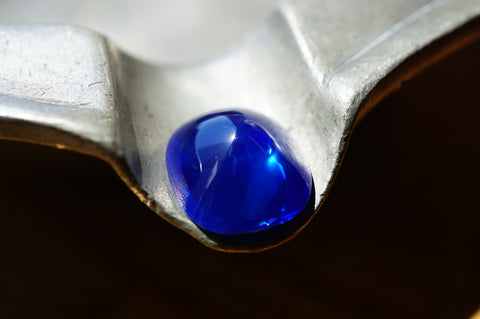
10.49-carat Kashmir sapphire
To fully harness the benefits of the gem community, actively participate in its events and forums. Attend webinars, workshops and lectures hosted by renowned gemologists or jewelry historians. In addition, subscribe to gem-related publications, whether print or digital, which can keep you updated on the latest gem discoveries, market trends and artistic innovations. Online forums, such as the IGS (International Gem Society) Forums, while a treasure trove of information, also offer a platform for networking and even discovering potential gem-collecting opportunities. Moreover, consider joining gem-collecting tours or expeditions, which offer hands-on experience and deeper insights into gem sourcing and valuation.
By investing time and effort into these gem-community activities, you not only augment your knowledge, but also cultivate meaningful connections that can guide and support your gem-collecting journey.
Educate Yourself at Gem Shows and Auctions
Attending gem and jewelry shows, such as the Tucson Gem and Mineral Show and the Hong Kong International Jewellery Show, as well as antique expos such as the Original Miami Beach Antique Show, is akin to stepping into a live museum of the gem world, offering a kaleidoscope of gemstone types, colors, cuts, histories and values. These events are not merely marketplaces, but also vibrant hubs of discovery, education and networking. They offer a panoramic view of the current gem market, from rare vintage stones to innovative contemporary jewelry designs. You get to witness firsthand the evolution of gem trends, the artistry of jewel crafting and the intricate dance of trade and valuation. Additionally, these shows often host seminars, demonstrations and panel discussions, granting attendees an immersive educational experience.
When planning to attend such events, it’s essential to prepare in advance. Research the list of exhibitors and prioritize those you wish to visit, ensuring a balance between established names and emerging talents. Arrive with a list of questions or topics you want to explore, be it about a specific gem’s origin, the latest lapidary techniques or the factors influencing current market prices. Take notes during your interactions and, if permitted, consider photographing unique pieces as a visual reference.
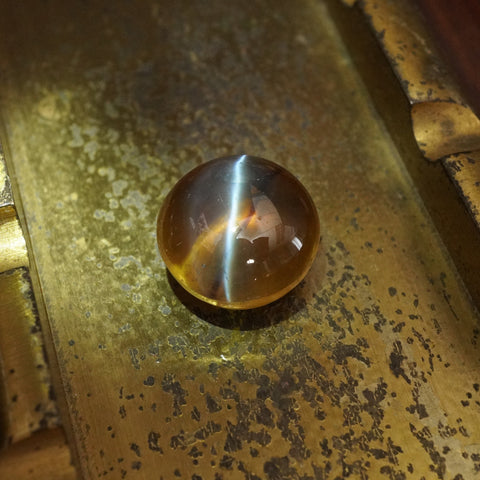
37.25-carat cat's-eye chrysoberyl
If you’re serious about deepening your understanding of the gem world, don’t shy away from enrolling in workshops or masterclasses that many of these shows offer. They can be invaluable in honing your skills in gem identification, valuation or even gem-inspired artistry. Also, attend auctions and/or closely monitor auction results, especially from prestigious auction houses such as Christie’s and Sotheby’s, to gauge the demand and valuation trends for specific gemstones. Sometimes gemstones sell at auction for significantly below what they’re worth; other times, they sell for far above. Either way, the final selling price is a great indicator of a gem’s current cash value.
Lastly, while the primary goal is education, always remain open to unexpected opportunities—some of the most treasured pieces in a gem collection often come from serendipitous discoveries at such events.
Pursuing Rare Gems as an Investment
Having aligned yourself with a reputable gem dealer or jeweler and enriched your gem knowledge through the various educational avenues outlined previously, you’ve laid a solid foundation for your gem-collecting journey. At this juncture, it’s essential to introspect and determine the core purpose behind your passion: Are you collecting gems as a long-term investment, or are you seeking a specific gemstone ring for a bespoke piece of jewelry? Your answer will significantly influence your approach and decision-making in the subsequent stages.
For those leaning toward investment, rarity becomes a paramount factor. Historically, gems that have demonstrated consistent value retention or appreciation have been those with unmistakable rarity. Rare gemstones—such as, say, a diamond that weighs more than three carats, or a Kashmir sapphire stone or a “pigeon’s blood red” ruby stone from Burma—possess qualities that distinguish them from other gems. These could be unique hues, outstanding clarity, impressive dimensions or a coveted provenance. Such gems also captivate with the unique history or optical phenomena they encapsulate.

42.91-carat, fancy-deep-brown-orange diamond with SI1 clarity
When aiming to invest in these rare treasures, thorough research is non-negotiable. Delve into the specifics that contribute to a gemstone’s rarity, such as its geographical origin, formation conditions or its associated historical narratives. Engage with seasoned experts, gemologists and historians to glean insights into which gems are truly rare and the reasons behind their exceptional status. Monitor auction outcomes, particularly from renowned auction houses, to discern demand and valuation patterns for specific stones.
Once you’ve done your research and are ready to invest in the rarest of gems, understand the need to be flexible in terms of pricing. Stones such as these, which perhaps only a few people in the world possess, can command the highest prices. However, as an investor, it’s important to think beyond the gem’s present value to its potential worth in the years to come.
Capitalizing On In-Stock Gems
While the allure of rare gemstones is undeniable, there’s a unique advantage in exploring the in-stock inventory of gem dealers and jewelers. Gem dealers and some jewelers often curate a diverse range of gems, each with its own charm, history and value proposition. These readily available gems present a dual benefit: They can be immediately acquired, and they often come with a more negotiable price point.
When considering in-stock gems, it’s essential to adopt a proactive approach. Engage gem dealers or jewelers in discussions about their current collection. One of the best ways is to say something like, “I’m looking for a thee- to four-carat Colombian emerald stone with a deep green color and minor to no oil, what do you have in stock?” This opens the door to negotiation, as a gem dealer or jeweler who already owns something similar to the emerald you’re looking for will be more willing to make an offer on it. Conversely, if you ask the gem dealer or jeweler to find you an emerald, say, with a specific color and carat weight, you’re most likely going to have to pay what they ask for to find that particular stone for you.
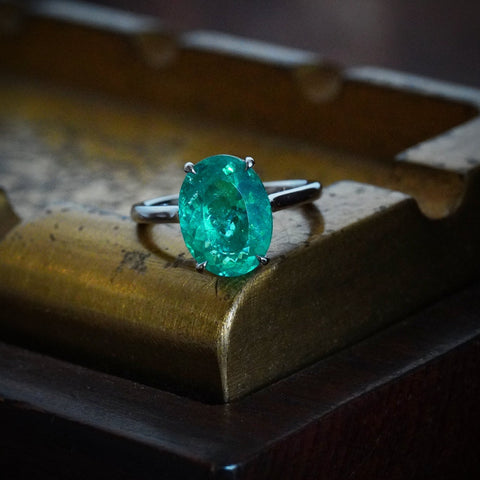
3.66-carat Brazilian Paraíba tourmaline stone ring
Furthermore, when exploring in-stock gem collections, keep an open mind. While you might have specific gems in mind, being receptive to the gem dealer’s or jeweler’s suggestions or recommendations can lead you to gems that you hadn’t previously considered, but are equally enchanting. Remember, every gemstone has a story, and, sometimes, the most unexpected finds turn out to be the most cherished additions to a collection.
Prioritizing Authentication
In the world of precious gemstones, authenticity is paramount. Every gemstone, regardless of whether it’s acquired as a tangible investment or a personal indulgence, should be accompanied by a certificate of authenticity from an established gem laboratory. This certification not only confirms the gemstone’s unique characteristics and many times its origin, but also offers an assurance to the buyer about the authenticity and value of their purchase. Such documentation also provides a foundation of trust between the gem dealer or jeweler and the buyer, establishing clarity about the gem’s specifications and its actual market worth.
When embarking on a purchase, it’s imperative to seek gems that are certified by esteemed institutions such as the Gemological Institute of America (GIA) and the American Gemological Laboratories (AGL). These organizations have set stringent standards and employ rigorous testing methods to determine the authenticity of gemstones.

12.42-carat padparadscha sapphire ring
When buying a diamond, the certification should be from the GIA. There are other diamond-certification labs, but there is no substitute for the GIA, a globally renowned, leading authority in gemology, known for its rigorous standards, extensive research and educational programs. As the creator of the 4Cs diamond-grading system, the GIA has set industry benchmarks, ensuring transparency and trust in the gem and jewelry market.
When buying a colored stone, there are three major labs to look for in terms of certification: the AGL, the Swiss Gemmological Institute (SSEF) based in Switzerland and the Gübelin Gem Lab, in addition to the GIA. It’s actually fairly standard to get certification from more than one of these labs—if not all three, plus the GIA—when purchasing a high-quality colored stone.

16.27-carat, cushion-cut, color-change alexandrite from Sri Lanka
Should a gem dealer or jeweler show any reluctance or hesitation in providing this crucial certification, it’s prudent for buyers to approach such situations with caution. Such hesitancy can often signify potential issues with the gem’s origin, quality or value.
Embarking on a gem-collecting journey is both thrilling and challenging. With the right approach, connections and knowledge, you can not only enrich your gem collection, but also gain profound satisfaction from this exquisite activity. As you advance in your gem-collecting endeavors, remember to stay curious, be diligent and always prioritize quality and authenticity.
Top: 92.16-carat carved emerald bead from the Mughal era
All gemstones courtesy of Jogani

